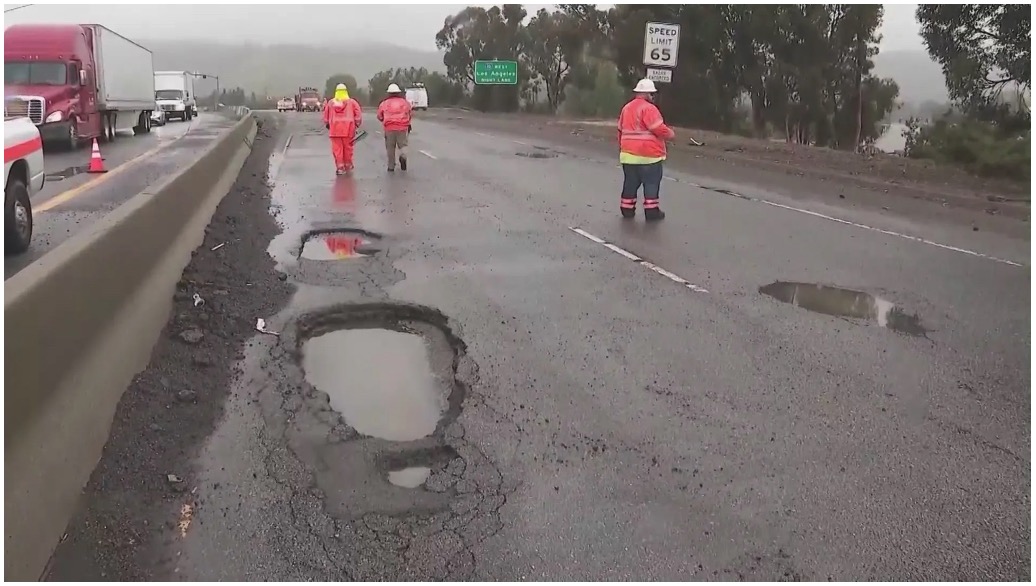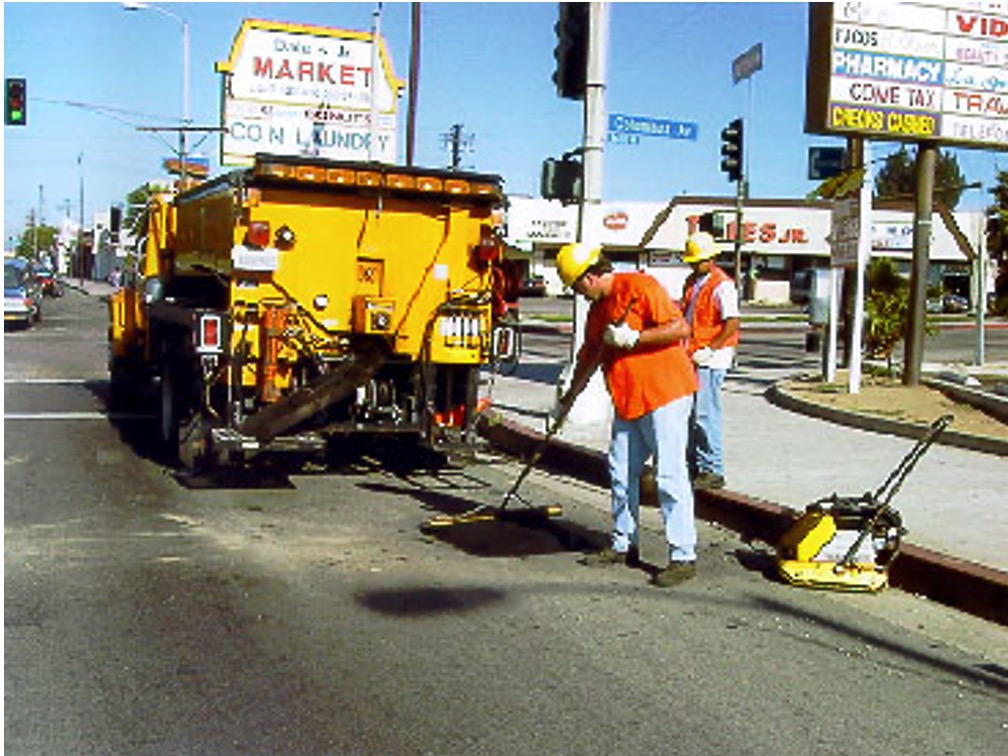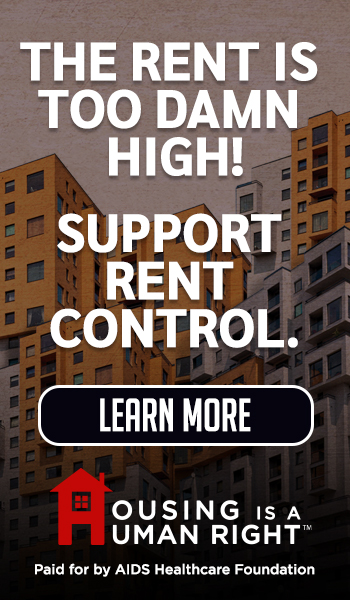Comments
POTHOLES IN PARADISE - Los Angeles is a city that loves to talk about the future — driverless cars, Olympic lanes, zero-emission buses — but can’t seem to fix the most basic problem right beneath our tires: potholes.
For years, residents have called 3-1-1, filed reports online, and sent frustrated tweets tagging City Hall and the Bureau of Street Services (BSS), only to see the same cracks and craters reappear weeks later. Some have even started using neighborhood Facebook groups to track the worst offenders like repeat criminals — “Wilshire westbound at La Brea,” “Ventura near Woodman,” “Olympic by Crenshaw again.”
Billions Spent — Yet the Streets Still Crumble
Los Angeles spends hundreds of millions every year on street resurfacing and repair. The city claims to fill more than 200,000 potholes annually, often with “cold patch” asphalt — a quick fix that lasts about as long as a politician’s promise. The Department of Public Works says weather, aging pipes, and heavy truck traffic are to blame. But ask the people who live here, and they’ll tell you something simpler: the city just doesn’t maintain what it builds.
The recent rains exposed just how fragile LA’s infrastructure really is. Streets in the San Fernando Valley, South LA, and Mid-City turned into obstacle courses. For drivers who couldn’t dodge the holes, the cost was steep — bent rims, blown tires, suspension damage, and insurance battles that rarely end in the driver’s favor.
The City Controller’s office reports that Los Angeles paid out more than $5 million in pothole-related damage claims last year — and that’s only for the few who manage to file and win.

The Patch-and-Pray Strategy
The city’s approach could be described as “patch and pray.” Instead of repaving whole streets, crews often fill individual holes with asphalt that quickly loosens and washes away. Residents joke that they recognize repair trucks not by sight, but by the smell of hot tar that signals another short-term patch.
The Bureau of Street Services says its crews are “doing their best with limited resources.” Yet the same department also manages a Street Repair Prioritization System that critics say is tilted toward wealthier neighborhoods and high-traffic corridors — leaving residential streets in working-class areas to literally crumble.

Top 5 Pothole Hotspots (2024–2025)
(Based on MyLA311 and Bureau of Street Services reports)
- Wilshire Blvd — from La Brea to Western
- Ventura Blvd — between Sepulveda and Coldwater Canyon
- Crenshaw Blvd — south of Adams
- Olympic Blvd — between Fairfax and Crenshaw
- Laurel Canyon Blvd — from Ventura to Mulholland
The Cost of Crumbling Streets
- Average tire + rim repair after a pothole hit: $375
- City of LA damage payouts (2024): $5.2 million
- Estimated potholes filled annually: 200,000+
- Average life of a temporary patch: 3–6 months
Drivers’ Tips
o Report potholes via MyLA311 app or call 3-1-1
o Document damage immediately — photo, date, time
o File claim for repairs: lacityattorney.org/claims
o Avoid sudden swerving — safety first
A Symbol of Something Deeper
Potholes are more than an annoyance — they’ve become a symbol of government neglect. They remind Angelenos of every broken promise to fix what’s broken. They’re proof, visible and unavoidable, that City Hall’s priorities are out of alignment.
As one frustrated driver in South LA told CityWatch, “They can spend billions on bike lanes, street furniture, and murals — but not to make sure people can drive to work without losing a wheel?”
Can LA Fill the Gap?
City Councilmember Bob Blumenfield, who chairs the Public Works Committee, recently floated a proposal to invest in “smart paving” — technologies that can detect road deterioration in real time. Other cities, like San Antonio and Denver, are already experimenting with similar systems.
But residents aren’t convinced technology is the issue. “We don’t need sensors,” said Pacoima resident Lydia Gutierrez. “We need accountability. You can’t fix a pothole with a PowerPoint.”
What Drivers Can Do
Until the city’s patchwork policies change, LA drivers are left to fend for themselves. If you hit a pothole and your car is damaged:
- File a claim for damages at [lacityattorney.org/claims].
- Report the pothole through MyLA311 or the city’s BSS website.
- Document with photos and times — it’s tedious, but evidence helps.
City Hall says it wants Los Angeles to be a “world-class city.” Maybe it could start with world-class streets.
###














